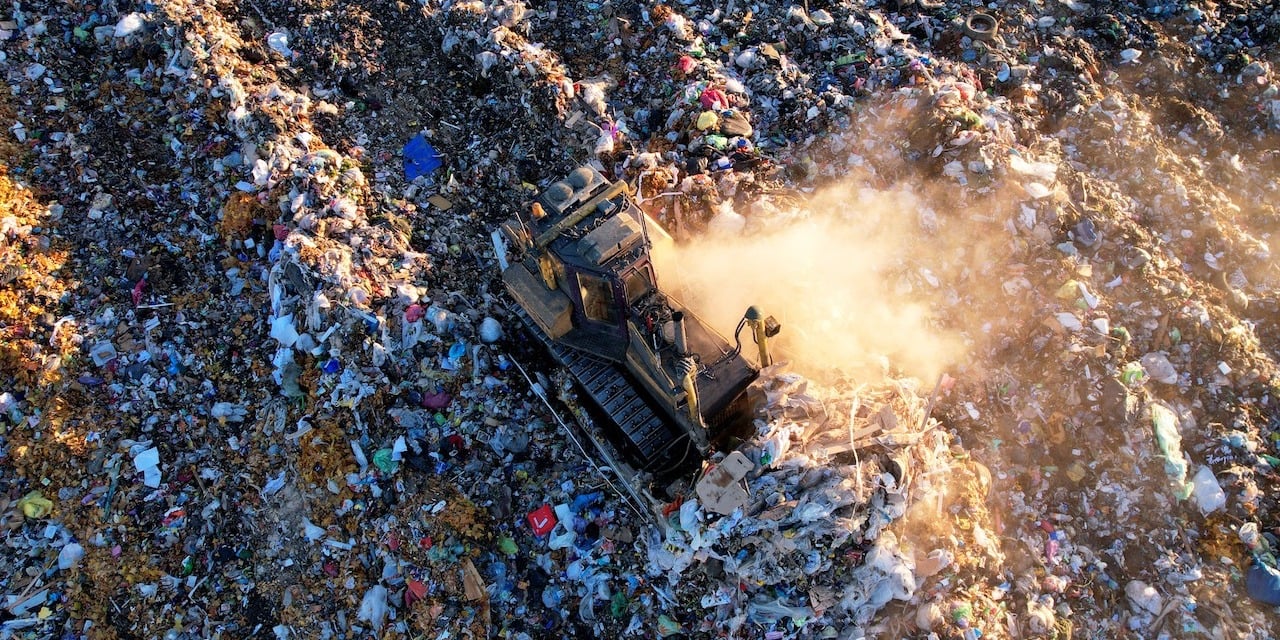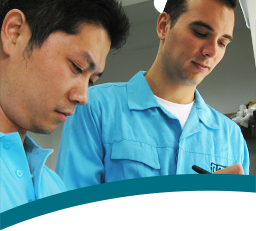Sustainable manufacturing can ultimately be boiled down to three main objectives: use fewer resources, emit less carbon, and produce less waste.
In an effort to meet these objectives, brands and retailers often take actions such as using eco-friendly materials and adhering to international environmental laws and standards. And while these are certainly important steps to take, they don’t address one major problem: what happens to goods when the consumer sends them back
In this article, we will explore how manufacturing quality plays into carbon production and how brands can reduce their return rates by preventing defects before and during the manufacturing process.
Sustainable Manufacturing Is More Complex Than You Think
Sustainability is becoming increasingly more important to consumers. Surveys show that up to 80 percent of young adults in the U.S are willing to pay more for sustainable products.
Brands know this and many are taking steps toward reducing their carbon footprints. But that is often easier said than done as understanding your true carbon footprint is more complex than it seems when a business has many moving parts.
By focusing on their own actions and decisions, many brands tend to overlook important opportunities to reduce their environmental impact. To become truly sustainable, companies - especially those who outsource - will have to examine how much carbon is emitted along their entire value chain. And that includes the use and disposal of their products.
Returns Are a Waste
A common first step toward sustainable manufacturing is to improve manufacturing efficiency and incorporate eco-friendly materials into products. These are important considerations, but companies often skip over what the real starting point should be: minimizing returns by preventing and detecting defects during manufacturing.
Returned goods almost always represent a massive waste. In 2022 alone, returns of retail merchandise produced 24 million metric tons of CO2 emissions and approximately 9.5 billion pounds of landfill waste.
In certain industries, such as textiles and garments, returned merchandise is regularly disposed of, resulting in pure waste. This is especially true in the ecommerce sector where customers cannot experience the physical product before purchasing. In fact, CBRE estimates that approximately 30% of e-commerce sales are returned compared to 10% of brick-and-mortar sales.

How Brands Can Reduce Waste Through Quality Control
Consumer demand for sustainable business models is increasing — especially among younger generations. Studies show that both Gen Z and Millennial shoppers largely prefer sustainable businesses and are even willing to pay more. In some cases, sustainability is even more important than brand name.
Returns are an inevitable part of doing business. But it’s clear that this is a problem that needs closer examination. So how can brands and retailers minimize product returns and the amount of waste they produce? It starts with quality control.
Step 1: Prevent Defects
Many brands and retailers rely on pre-shipment inspection to manage product quality. But if you’re just relying on inspection to help you identify and address quality defects in finished products, you’ve already wasted materials.
There are opportunities to prevent defects before and during the manufacturing process. Problems with raw materials or manufacturer capabilities can degrade product quality, so it’s important to have inspection points throughout the entire manufacturing process, beginning with supplier evaluation and the selection of raw materials.
These four steps can help you prevent defects before they happen:
- Audit your suppliers’ quality management systems
- Use quality materials and parts
- Request product samples before production
- Create a quality control checklist
(related: 4 Steps To Prevent Quality Defects Before They Appear In Your Products).
Step 2: Detect Defects Quickly
The earlier in the process you see a defect happening, the better. Whether a defect is caught or missed depends on how actively the process is being monitored.
You may have to rethink how you inspect a finished product before it leaves. Is it a visual inspection, or are you performing random checks? If you’re relying on people to check them, formalize that process and make sure those responsible are trustworthy.
Here are some steps you can take to find defects during the manufacturing process:
- Sample Review (or gold sample approval)
- Pre-Production Inspection
- During-Production Inspection (DUPRO)
- Pre-Shipment Inspection (also called Final Random Inspection)
(related: How Quality Control Inspection Helps Importers Detect Product Defects).

Third-Party Inspection Companies Can Help You Meet Sustainability Goals
Sometimes brands will rely on the manufacturer’s own quality control staff to conduct inspections. And while there are benefits to this option, many brands and retailers opt to partner with an unbiased third party.
If you choose to rely on the factory’s own quality control staff to inspect your product, you will have less opportunity to collaborate on the proper inspection method. This is because Factory staff rarely provide detailed reports after an inspection, leaving you in the dark as to what kind of quality control was actually performed.
A detailed inspection report will include:
- Clear photos
- Any dimensions measured
- On-site test results
- Packaging and product specifications
- Actionable analytics
The extra knowledge that third-party quality control companies provide gives you more control over your goods. Professional quality control inspectors often have the knowledge and experience to greatly contribute to whatever criteria you have for checking your product and will even help you develop a tailored checklist for your product.
Partnering with a third party can also protect you from self-assessment bias. Understand that it is in the manufacturer’s best interest to ship out units as quickly as possible. This means they often prioritize their own time and money over their customers’ quality standards — and may even resort to unethical practices such as bribery or coercement to sweep quality issues under the rug.
Finally, third-party inspection companies can also provide you with access to professionals from different industries. This means they can tailor their services to your specific product and business needs.
Sustainable Manufacturing Begins With Quality
Reducing waste is an important part of sustainable manufacturing and improving product quality and durability is a logical first step toward that goal. Returned products almost always represent a massive waste and brands will need to consider how they will revamp their value chains to meet sustainability goals.
If it’s been awhile since you revisited your quality control process, you may wish to do so now. Third-party inspection companies often have a deep understanding of inspection procedures and can provide you with more control over product quality than your factory’s own staff.
About AQF
AQF is a leading quality control service provider, serving global brands and retailers of Consumer Products worldwide since 2007. We have expertise in hardlines, softlines, consumer electronics, and more. Contact us today to learn how we can help you minimize product defects and reach your sustainability goals.








